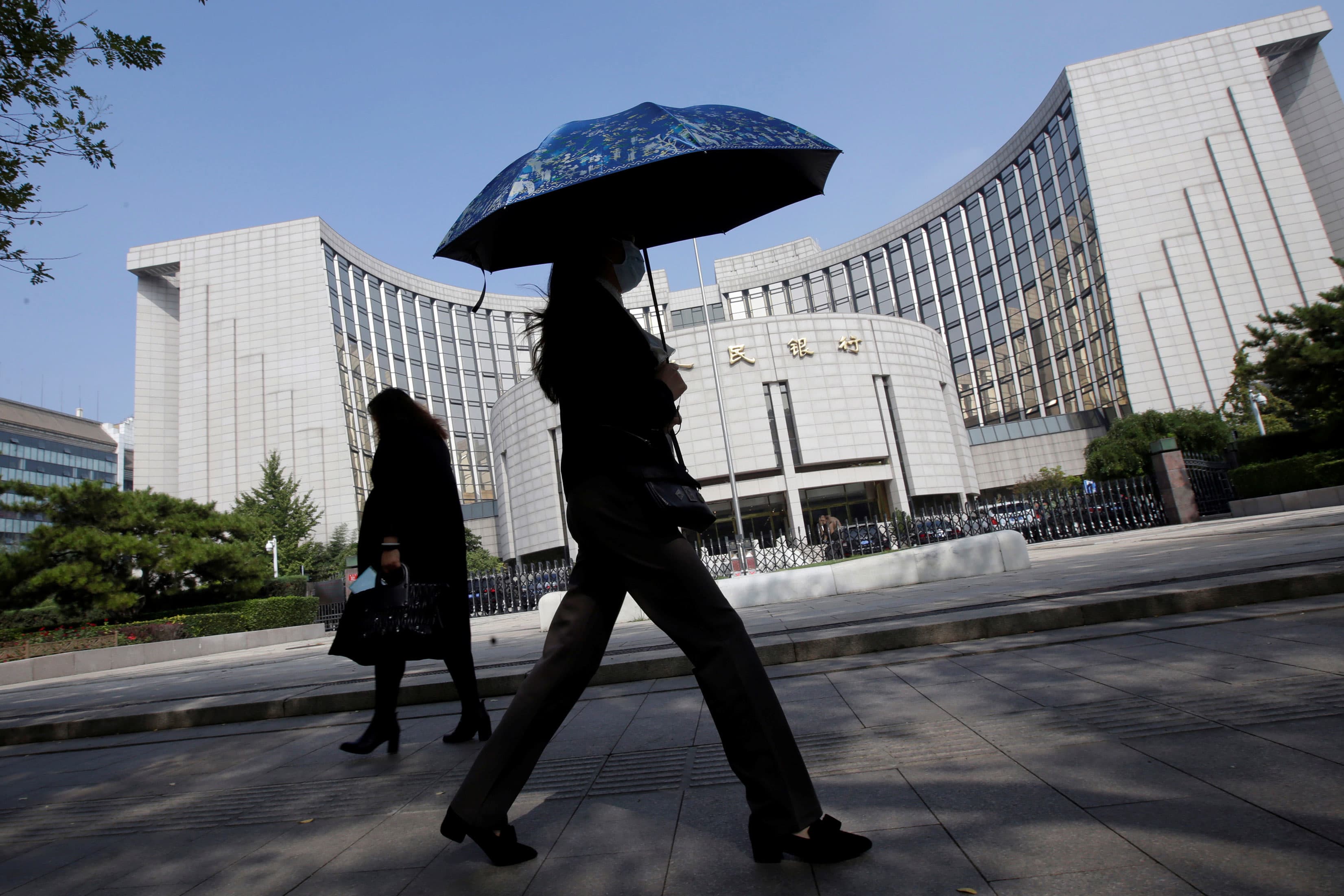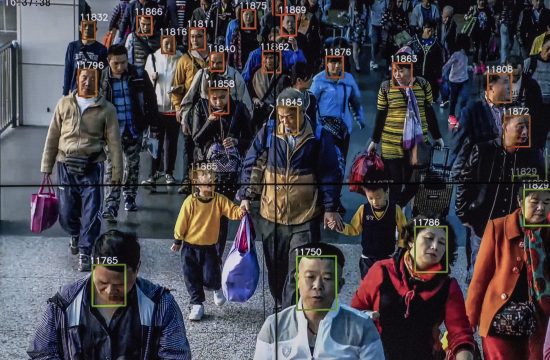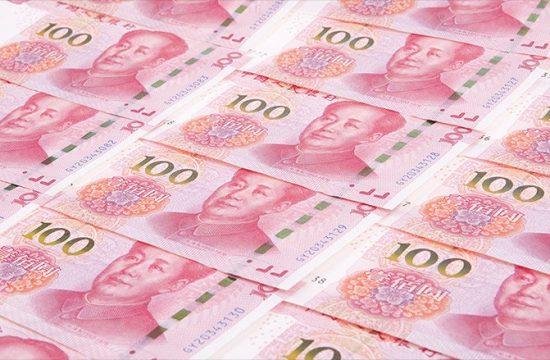
BEIJING — As China recovers from the coronavirus pandemic, the country’s central bank is more open to increasing loans to an already debt-heavy system than it is to cutting back.
The People’s Bank of China on Wednesday disclosed data for the first three quarters of the year that showed steady loan growth.
Total social financing, a broad measure of credit and liquidity in the economy, rose by nearly 3.5 trillion yuan ($ 522 billion) in September to a total of 280.07 trillion yuan. That was a 13.5% increase from a year ago — faster than the 12.8% pace recorded at the end of the second quarter, and 2.8 percentage points above the same period last year.
The head of the central bank’s statistics department, Ruan Jianhong, pushed back against the idea that the pace of debt increase in the third quarter was “rapid,” saying it was still “reasonable,” according to a CNBC translation of her Mandarin-language remarks at a Wednesday press conference.
Covid-19 hit China early this year just as the country was in the early years of attempting to cut its reliance on debt for growth. Total Chinese debt across household, government, financial and non-financial corporate sectors rose from over 300% of GDP to nearly 318% in the first quarter, according to estimates published in July by the Institute of International Finance. The trade group expected that ratio to reach 335% of GDP in the following months.
China is in a “special situation” and a “phased increase” in debt should be allowed to support the economy, Ruan said Wednesday. She added that following economic growth in the second quarter, GDP should rise further in the third quarter, thereby creating conditions for a reasonable amount of debt.
Official figures showed China’s gross domestic product contracted 6.8% in the first three months of the year at the height of its coronavirus outbreak, before growing 3.2% in the second quarter.
China’s third-quarter GDP is due Monday.
“Elevated credit growth in September suggests market concerns about a People’s Bank of China (PBOC) tightening are overdone,” Nomura’s Chief China Economist Ting Lu and a team said in a note Wednesday. “The rise in bond yields in the past few months reflects high funding demand instead of a PBOC tightening, and infrastructure spending will likely push up headline GDP growth further.”
Nomura maintains its real GDP growth forecast of 5.2% year-on-year for the third quarter and 5.7% for the fourth quarter, Lu said. “Because of the ongoing growth recovery but still strong headwinds, we expect Beijing to maintain its ‘wait-and-see’ policy approach through the remainder of this year by neither easing further nor tightening.”
The Nomura analysts said they do not expect any rate cuts, policy tightening measures or reductions to the reserve requirement ratio — the amount of cash banks are required to hold in reserve.
Concerns about rising debt
While other major economies have taken bold stimulus measures, the PBOC has been more measured. The central bank kept the loan prime rate, the key benchmark for lending, unchanged in September for a fifth straight month.
The pace of credit growth remains low relative to that during the global financial crisis in 2007-2008.
Overall, Chinese authorities have been trying to make it easier for privately run, smaller businesses to get loans in a system that tends to favor larger, state-owned enterprises.
Growth of M2 — broad measure of readily available money supply including cash, savings, checking accounts and mutual funds — did slow from the 11.1% year-on-year pace in June to 10.9% in September, but remained well above the 8.4% growth rate recorded a year ago.
“The credit data echoes our view that the stimulus package in China has been meaningful, with its effect amplified by the Covid-19 institutional response,” Robin Xing, chief China economist at Morgan Stanley, and his team said in a report released Thursday.
“We … expect monetary stance to stay in cruise control to accommodate a continued return of economic growth and job market to potential level,” Xing said. “Broad credit growth could thus remain elevated in the near term on the back of government bond and resilient loan demand amid activity recovery.”
A privately run survey of Chinese businesses by the U.S.-based China Beige Book raised a different concern — that many smaller companies were not borrowing as much as they should if they had significant demand for their products and services.
Small and medium-sized companies borrowed a lot less in the third quarter than the second, China Beige Book CEO Leland Miller told CNBC last week. “When you’re coming out of a coronavirus stoppage or slowdown, we should be seeing a lot more borrowing,” he said. “Since we’re not, you got to question what firms are seeing that’s making them hesitate.”
The central bank said Wednesday medium and long-term loans for services businesses excluding real estate as of the end of September grew 17.3% from a year ago, the highest since 2018.
— CNBC’s Weizhen Tan contributed to this story.


